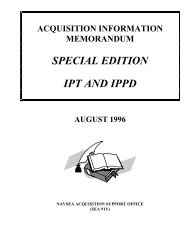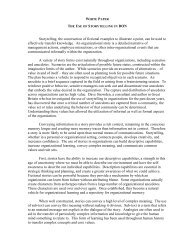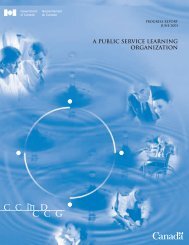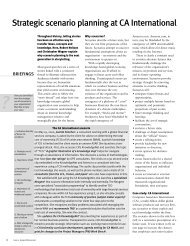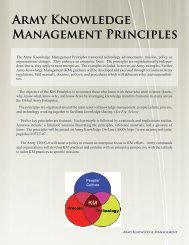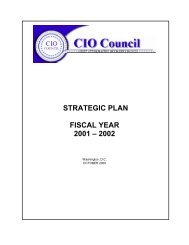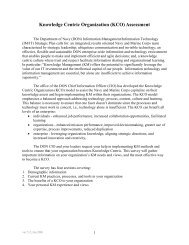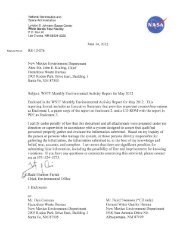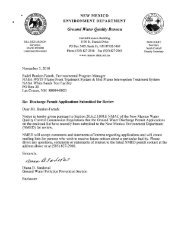NAVAL AVIATION SYSTEMS - NASA Wiki
NAVAL AVIATION SYSTEMS - NASA Wiki
NAVAL AVIATION SYSTEMS - NASA Wiki
Create successful ePaper yourself
Turn your PDF publications into a flip-book with our unique Google optimized e-Paper software.
CHAPTER XI: KEY TOPICS<br />
PART B: COMPETITION<br />
Purpose: This section addresses competition, an issue which must be addressed at several points in a program or<br />
system's acquisition. It can be a major stumbling block in Acquisition Planning Document approval, and it can be<br />
a powerful and beneficial method of contracting.<br />
Background: Consideration of competition in contracting is required by law (Competition in Contracting Act<br />
(CICA) of 1984), regulation, and policy. To procure using other than competition requires obtaining specific<br />
exception authority, and in most cases, approval in the form of a J&A or D&F (NAVAIRINST 4200.31C).<br />
Discussion: In the life cycle of a system acquisition, there are two basic types of competition - design competition<br />
and production competition. Design competition occurs early in the acquisition's life cycle (during concept<br />
exploration, demonstration/validation, and possibly E&MD). The objective of design competition is risk reduction,<br />
which can be achieved by selecting the one system or concept that will best meet the Government's needs from the<br />
competing alternative approaches proposed. Design competition involves two or more contractors competing<br />
separate designs without sharing information. Production competition occurs later, when the design specification<br />
is stable or when two or more contractors are producing similar or identical systems. Competing contractors may<br />
be proposing to the same Government provided specifications. The objective is generally to obtain the required<br />
item at a lower cost or price.<br />
Design competition is expensive and the longer design competition is continued the more expensive it becomes.<br />
If the demonstration/validation phase is structured so prototypes of competing systems are produced and tested, it<br />
is possible to make design selection before starting Engineering and Manufacturing Development (E&MD). One<br />
design would provide considerable savings over the cost of taking two or more systems into E&MD.<br />
Whereas design competition is relatively short-lived, production competition may be beneficial throughout the<br />
production and maintenance phases, until a final competitive buy-out occurs. Production competition frequently<br />
requires competitors to build the same system and to share data and know-how. This often results in contractors<br />
teaming with one another, enhancing the maintenance of a competitive base.<br />
A single, integrated procurement planning agreement should be developed that addresses all critical issues,<br />
including:<br />
♦<br />
♦<br />
♦<br />
♦<br />
♦<br />
♦<br />
♦<br />
♦<br />
Funding<br />
Schedule<br />
Configuration management<br />
Technology transfer<br />
Non-Developmental/Commercial Items<br />
Contractual arrangements<br />
Second source qualifications<br />
Conversion from CFE to GFE<br />
Several detailed references on competition exist, including the Federal Acquisition Regulations (FAR), the DoD<br />
supplement to the FAR (DFARS), the Navy supplement to the FAR (NAPS), DoD Directive 5000.1, DoDINST<br />
5000.2, NAVAIRINST 4200.39, and various implementing Navy and NAVAIR instructions, including<br />
SECNAVINSTs 4210.6A and 5000.2A and NAVAIRINST 4200.5C. Also helpful are "The Navy Competition<br />
Handbook" issued April 1989 by the Competition Advocate General of the Navy in the Office of the<br />
ASSTSECNAV, the Defense Systems Management College (DSMC) Handbook "Establishing Competitive<br />
Production Sources", DSMC PM Notebook Fact Sheets 3.1.3 and 6.2.2, and the "Naval Aviation Systems Team<br />
Competition Handbook" issued May 1994.<br />
47



